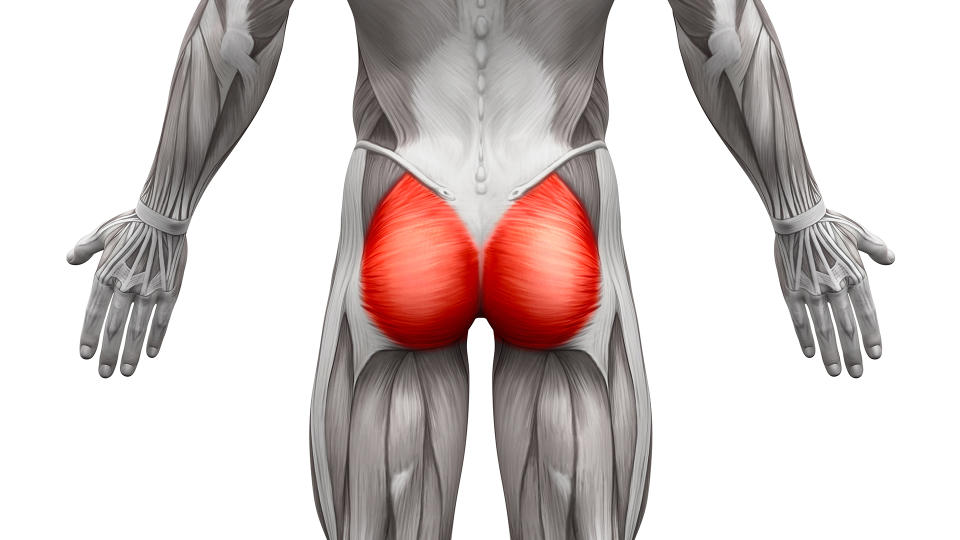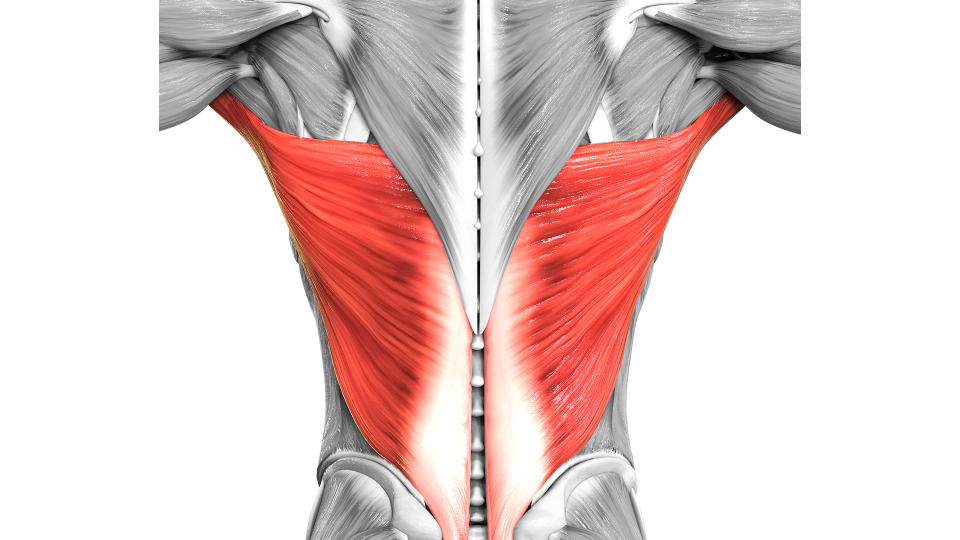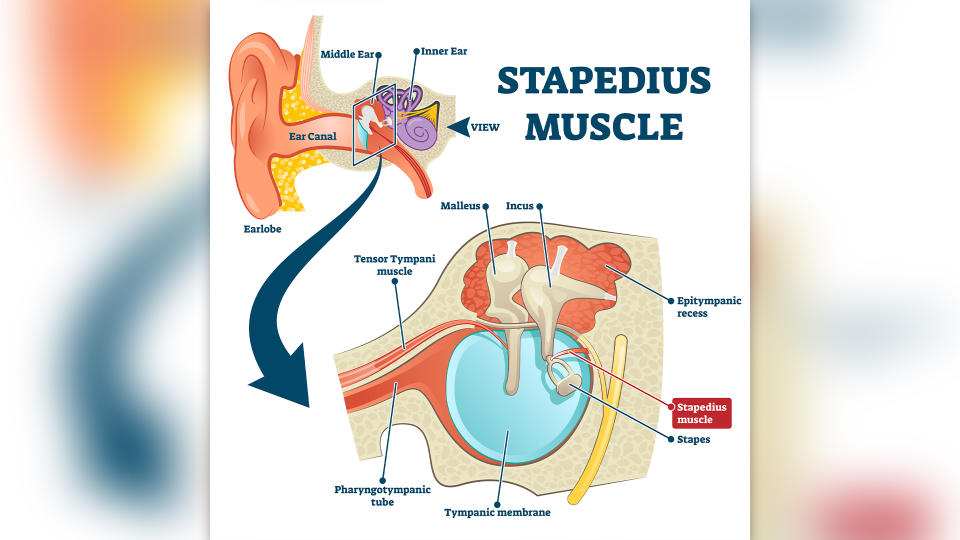What's the largest muscle in the body, and the smallest?

Your skeletal muscles are attached to your bones by tendons, and they enable you to move around and maintain an upright posture. Some muscles, such as those that help you smile or flex your fingers, are only a few inches long, while others, like those in your thighs, are big and bulky.
But have you ever wondered which muscle is the largest and which is the smallest?
The answers depend on whether the muscles are measured by mass or by surface area.
The gluteus maximus is the largest muscle in the body by mass, D. Ceri Davies, former president of the Anatomical Society in the U.K., told Live Science by email. The best known of the glute muscles, the gluteus maximus runs diagonally from the top center of the pelvis to the femur, or thigh bone. It accounts for about 12% to 13% of the total weight of all the leg muscles, according to a study of adult cadavers.
"The gluteus maximus extends the thigh at the hip joint," Davies said. "We use it when we get up from a chair, walking up steps or uphill. It needs to be powerful to move the weight of the entire upper body."
Related: Why is it harder for some people to build muscle than others?

Of course, training in sports that require ample glute power — like sprinting — can increase the size of the gluteus maximus. One small study found that the absolute volume of elite sprinters' glutei maximi was about 45% greater than that of sub-elite sprinters.
And interestingly, the human gluteus maximus muscle is bigger than that of apes and monkeys, at least relative to overall body size. Some scientists propose that its great size may be an evolutionary adaptation to certain demands posed by being bipedal, meaning upright on two legs. For example, the gluteus maximus is critical to humans' ability to climb stairs and run while upright.
The latissimus dorsi, commonly called the "lats," are the largest muscles in the human body in terms of surface area, Davies said.

There are two triangle-shaped latissimi dorsi — one on each side of the spine. These broad, flat muscles sit on top of the other muscles of the mid- and lower back. According to a 2022 study in the International Journal of Morphology, an average adult latissimus dorsi measures about 7 inches (18 centimeters) in width and 14 inches (36 cm) in length. That said, it's only about half an inch (1.3 cm) thick.
On the opposite side of the muscle-size spectrum is the stapedius, a tiny muscle inside the ear. Measuring roughly 0.2 inch (5 millimeters) in length, it is the smallest skeletal muscle in the human body.

RELATED STORIES
—What actually is muscle tightness?
—Stunning images show how muscles heal themselves after a workout
—Why do muscles get sore after exercise?
"The stapedius attaches to the stapes, one of the small bones in the middle ear that carry sound vibrations from the eardrum to the auditory nerve," Davies said. "Contraction of [the] stapedius dampens the movement of the stapes, preventing nerve damage resulting from loud noise."
In other words, the teensy muscle stabilizes the stapes to keep it from vibrating too violently. The muscle involuntarily contracts in response to sounds of a particular volume — but if it only responds to extremely loud sounds or it doesn't contract at all, that can be a sign of hearing loss. So even though the stapedius is puny, it performs an important job.
This article is for informational purposes only and is not meant to offer medical advice.

